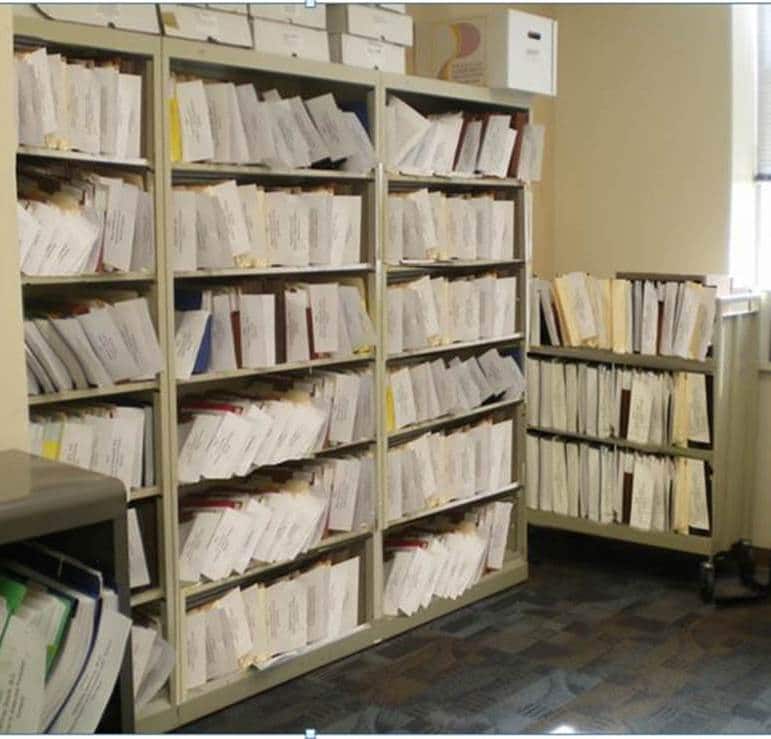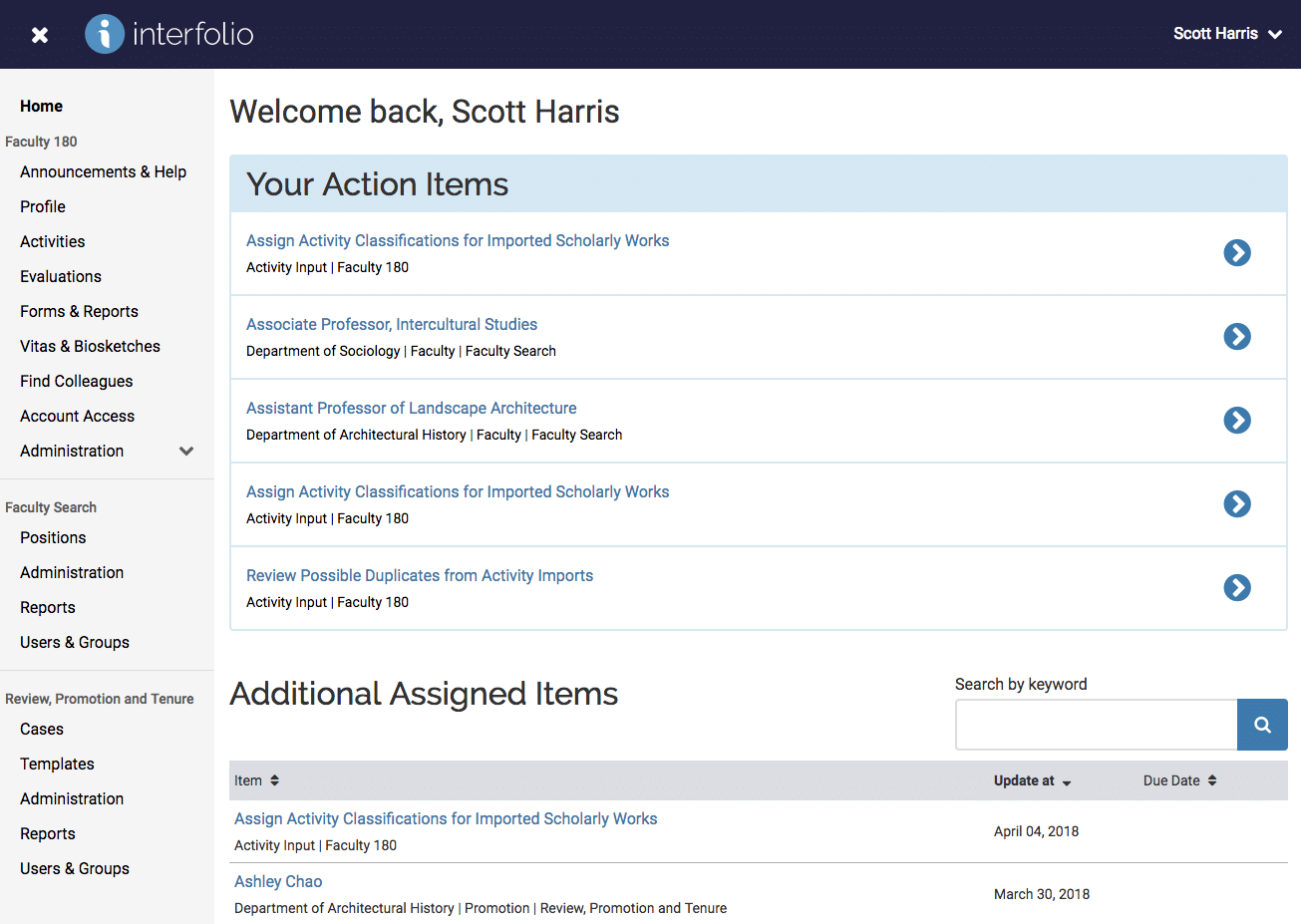This post continues our new series, The Smart Scholar, which explores the attributes and qualities that make a successful academic applicant on the job market.
In my last blog post I provided tips on how to stay organized on the job market. Now that you have created your system to keep track of the positions you apply for, I want to focus on the challenges you may encounter when on the job market. Below I provide three challenges to consider and potential solutions as you prepare for your job hunt.
Determining the best institutional type
Before considering applying for positions it is important for you to consider the type of institution where you would like to work. For instance:
- Do you want to work at a research intensive university where research productivity is important for faculty?
- As an administrator do you want to work for a smaller liberal arts institution where you are able to have a lot of interactions with students?
- Do you see yourself at a comprehensive state university that serves a large population of commuter and adult students?
As graduate students and novice professionals we are often taught about the importance of elite intensive research universities or those with a recognizable brand. However, these types of institutions are not the best fit for everyone. So before applying, contemplating the aforementioned questions can help you target your job search.
If you are interested in a university and are not sure of their designation, you can review the Carnegie Classifications of Institutions of Higher Education website to learn more about a university’s classification.
Succeeding in a competitive job market
One of the biggest challenges facing job candidates is the highly competitive job market. For faculty, the number of tenure-track positions is shrinking while the number of individuals vying for those positions has dramatically increased. Moreover, due to the limited number of administrator positions typically available, the candidate pool can be saturated. Although this is a challenge, I see this as an opportunity for you on the market. An important question to then consider is, “How do I differentiate myself from the competition?”
For those of you who are considering faculty opportunities you can differentiate yourself from the competition by:
- Having a diverse research skill set where you could support doctoral students using a wide variety of methodologies in your field along with being able to teach various research methods courses.
- During your doctoral experience, ensure that you purposefully develop a research agenda that is unique.
Why? Because on the job market you want to be able to demonstrate your scholarship is innovative and provides a new perspective the current department does not have—which positions you to become an authority in your discipline.
On the staff and administrative side you can differentiate yourself by being someone who can not only run initiatives but can develop initiatives that bring money to the university. Given the increased pressure to fundraise for administrators, having the ability to develop revenue generating programs and/or an ability to fundraise can set you apart from the competition.
Considering, “What is my next job after this?”
I know some of you may be wondering why I am asking about my next job, when you have not yet secured this job. However, I believe for faculty, staff, and administration candidates this question is critical. My approach to applying for a job is to consider how my new employment opportunity would position me for my next job.
For example, if your goal is to serve in an administrative capacity that is responsible for overseeing several different departments and supervising staff, but you have little supervisory experience, it may be beneficial for you to look for jobs that allow you to fill this gap. Additionally, gaining this experience ensures you become a viable candidate for your next position because you took the opportunity to gain relevant experience before you had to.
What other challenges do you believe are facing job candidates? Are there any challenges that you believe are unique to your discipline? Feel free to share with me on Twitter (@ramongoings) to continue the conversation!
Interfolio’s Dossier enables scholars to collect, curate, polish and send out their materials at all stages throughout their academic professional path. Learn more about Dossier here.
Author Bio: Dr. Ramon B. Goings is an assistant professor of educational leadership at Loyola University Maryland. His research examines gifted/high-achieving Black male academic success PreK-PhD, diversifying the teacher and school leader workforce, and the student experience and contributions of historically Black colleges and universities to the higher education landscape. As a writing coach and editor, Dr. Goings enjoys supporting the scholarly development of doctoral students and professors in higher education. For more information about Dr. Goings, please visit his website www.ramongoings.com and follow him on Twitter (@ramongoings).












